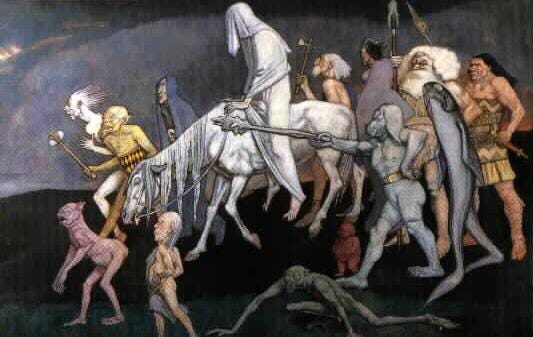
When I attended Balticon 50 over Memorial Day Weekend, I had the pleasure of seeing an amazing panel that looked at created religions in science fiction and fantasy. I arrived early and had the opportunity to s…
Keep reading with a 7-day free trial
Subscribe to Manuscriptions to keep reading this post and get 7 days of free access to the full post archives.


